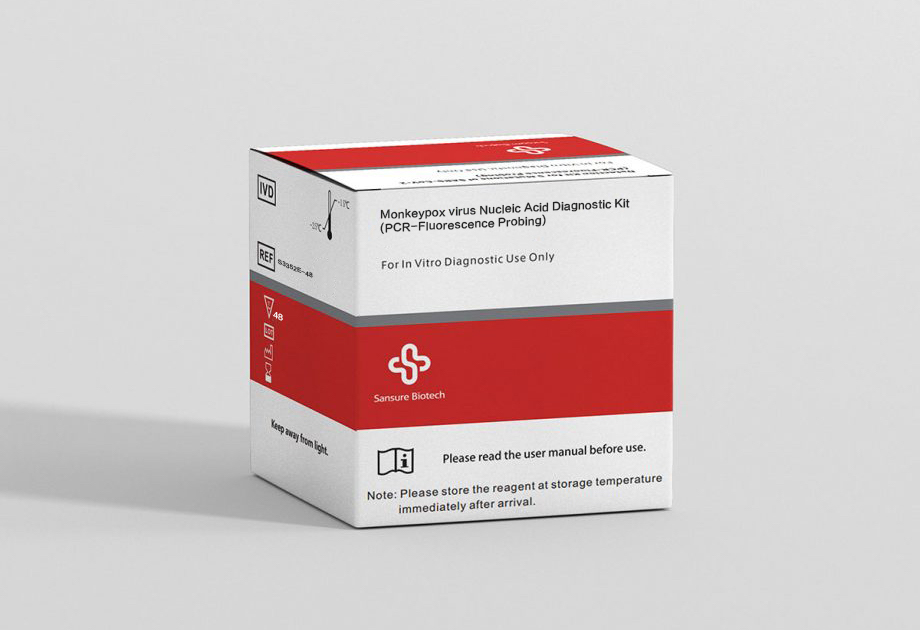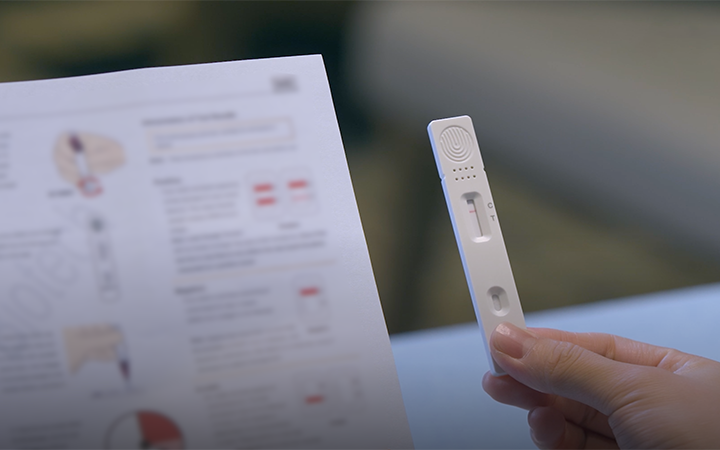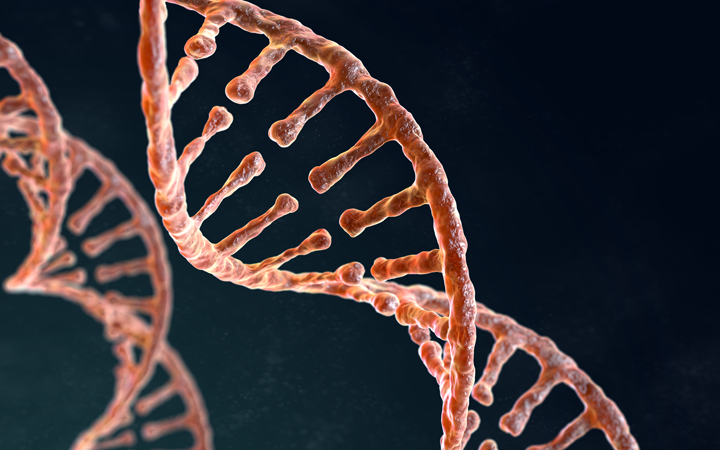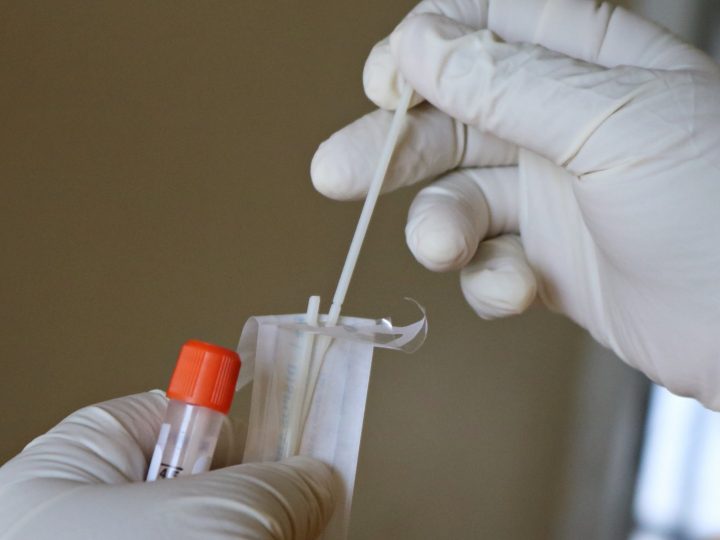Guide to Monkeypox Disease: Overview, Symptoms, Modes of Transmission, Diagnosis
Monkeypox is a rare disease that is related to smallpox. It is mainly found in the African region, but also in other parts of the world. In fact, Europe has become the epicenter of the monkeypox outbreak in 2022. More than 1,500 cases have been detected in 25 European countries, accounting for 85 percent of global cases, said Dr. Hans Kruger, the WHO’s director of its European region. The disease usually causes flu-like symptoms and swollen lymph nodes. In addition, rash, pustules, ulcers, and other lesions appear a few days later.
Overview of Monkeypox virus: What is monkeypox disease?
Monkeypox virus is a rare disease that causes rash and flu-like symptoms. Like the well-known virus that causes smallpox, it is classified as an orthopoxvirus.
Monkeypox disease was first discovered in 1958 when two outbreaks of pox-like disease occurred in monkeys used for research. Despite the name “monkeypox,” the origin of the disease remains unknown. However, African rodents and non-human primates such as monkeys can carry the virus and infect humans.
Before the 2022 outbreak, nearly all monkeypox cases in people outside Africa were associated with international travel to countries where the disease occurred or by the importation of animals.
Symptoms of Monkeypox disease
The symptoms of monkeypox disease are similar to but milder than those of smallpox. After being infected with the monkeypox virus, it can take 5 to 21 days before the first symptoms appear. Early symptoms of monkeypox include flu-like symptoms such as fever, chills, headache, muscle pain, fatigue, and swollen lymph nodes.
After one to three days, patients develop a rash that usually starts on the face and spreads to other body parts, including the palms and soles of their feet. The rash starts as a flat red bump. The bumps then turn into blisters filled with pus. After a few days, the blisters scab over and fall off.
Note: Monkeypox patients are contagious from fever to crusting of all lesions.
“Monkeypox should not be confused with smallpox in alarm levels,” says Dr. Poland. “With smallpox, 10% to 30% of people can die. With this monkeypox strain circulating right now, that death rate in Africa is 1% or less.”
How does Monkeypox disease spread?
Monkeypox is spread through direct contact with blood, body fluids, skin or mucus lesions, and respiratory droplets. These substances can enter the body through breathing, mucous membranes, or broken skin. In addition, pregnant women can transmit the virus to the fetus through the placenta.
According to the CDC, human-to-human transmission of monkeypox is relatively low. When it does happen, it’s usually through prolonged face-to-face contact. For example, a person has been in contact with a patient within a 6-foot radius for 3 hours or more.
On the other hand, items that have previously been in contact with an infectious rash or bodily fluids, such as clothing or bed sheets, are another way monkeypox spreads.
How is Monkeypox disease diagnosed?
Because monkeypox is a rare disease, your healthcare provider may first suspect other rash disorders, such as measles, chickenpox, or even smallpox. However, swollen lymph nodes can differentiate monkeypox from another pox. Diagnosis can be confirmed by histopathology and virus isolation. In addition, a polymerase chain reaction (PCR) test can also detect monkeypox DNA in tissue.
Sansure Biotech Solution: Monkeypox virus Nucleic Acid Diagnostic Kit (PCR-Fluorescence Probing)

WHO recommends polymerase chain reaction (PCR) as the preferred laboratory test because of its accuracy and sensitivity. Sansure has launched a highly sensitive and easy-to-use Monkeypox virus Nucleic Acid Diagnostic Kit. Compatible with the fluorescent PCR platform and POCT platform, it can be quickly applied to Sansure’s molecular diagnostic system. For example, this kit is detectable in as fast as 8 minutes on iPonatic, and up to 96 samples can be detected within 30 minutes on conventional PCR instruments.
In addition, our Monkeypox virus Nucleic Acid Diagnostic Kit successfully obtained CE certification. At present, Sansure Biotech has received orders for monkeypox virus nucleic acid diagnostic kits from Spain, the United Arab Emirates, South Africa, and other countries, which are mainly used for emergency reserves.
Why choose Sansure Biotech
Sansure Biotech Inc. is an in vitro diagnostic solution provider integrating diagnostic reagents, instruments, and independent clinic laboratory services with its innovative gene technology as its core.
The company has developed a series of internationally leading core technologies and more than 500 products with performance exceeding the advanced level at home and abroad. For example, we have developed diagnostic kits for SARS-CoV-2, Middle East respiratory syndrome coronavirus (MERS-CoV), Ebola virus, avian influenza virus, and African swine fever virus (ASFV) for various outbreaks of epidemics.
If you are looking for a reliable supplier, CONTACT US!





